27 Fascinating Herb Varieties Every Garden Needs
Herbs transform ordinary meals into culinary masterpieces, infusing dishes with vibrant flavors and aromatic complexity.
These green botanical wonders pack incredible nutritional power into tiny leaves and stems.
Chefs and home cooks alike recognize herbs as magical ingredients that elevate simple recipes from mundane to magnificent.
Ancient cultures prized these verdant plants for medicinal and cooking purposes, understanding their profound healing and taste-enhancing qualities.
Kitchen gardens frequently feature these delicate, fragrant plants growing in neat rows or scattered across sunny patches.
Different herb varieties offer unique profiles ranging from subtle and delicate to bold and intense.
Regional cuisines worldwide celebrate herb diversity, incorporating them into traditional recipes that tell stories of cultural heritage.
Your culinary adventure awaits with these 26 essential herb varieties that will revolutionize your cooking:
Which Herb Types in the World Deserve a Spot in Your Garden?
Fragrant basil, earthy thyme, and bold coriander, herbs turn ordinary meals into culinary masterpieces. Grow or buy the best, and watch your dishes come alive.
Basilico Genovese
Genovese basil radiates an intense clove-like aroma unique to its Ligurian heritage, distinguishing this sweet basil cultivar from other herb varieties.
Farmers traditionally grow this prized basil in specific Italian provinces like Genoa, Savona, and Imperia, ensuring its exceptional quality and flavor profile.
Culinary experts prize this herb for its role in creating authentic Pesto alla Genovese, where its fresh green leaves deliver an unmatched aromatic punch.
Italian recipes typically add the basil at the final cooking stage to preserve its delicate essence and prevent flavor degradation.
While available in dried form, fresh Genovese basil remains the preferred choice for maximizing its complex herbal notes.
Mediterranean cuisine frequently incorporates this herb into salads, pasta dishes, and sauces.
Botanically classified as Ocimum basilicum, this basil variety offers a distinctive flavor that elevates simple ingredients.
Fines Herbes
Fines herbes are a classic French herb mixture prized for its delicate, aromatic profile of fresh parsley, chives, chervil, and tarragon.
Thyme occasionally joins this elegant blend, with some variations including savory, watercress, or marjoram for added complexity.
Chefs prefer using freshly chopped herbs to maximize flavor and ensure a vibrant, nuanced taste.
French cuisine celebrates this herb combination as a versatile seasoning for poultry, salads, and egg dishes.
Each herb contributes a unique note to the overall blend, creating a balanced and subtle seasoning.
Professional kitchens carefully chop these herbs moments before serving to preserve their essential oils and freshness.
Fines herbes elevate simple dishes with their light, sophisticated flavor profile.
Shiso
Shiso are fragrant Japanese herb leaves packed with complex flavor profiles spanning citrus, mint, basil, anise, and coriander.
Ancient Kyoto herbalists cultivated these small herbs over 300 years ago as part of Japan's seven signature spices.
Green shiso varieties serve as delicate sushi and sashimi garnishes while also enhancing soups and tempura dishes.
Red shiso traditionally colors umeboshi and pickled ginger with its distinctive reddish hue.
Culinary experts frequently incorporate shiso into diverse recipes like salads, green tea, stir-fries, and scrambled egg preparations.
Japanese cuisine celebrates these versatile leaves for their aromatic and visual qualities.
Restaurants and home kitchens across Japan use both green and red shiso to elevate multiple dishes.
Small yet powerful, shiso leaves transform ordinary meals into extraordinary culinary experiences.
Herbes De Provence
Herbes de Provence is a fragrant French spice blend that captures Mediterranean cooking traditions through a harmonious mixture of aromatic herbs from southern France.
Originating in Provence, this seasoning combines lavender, basil, oregano, fennel, dill, rosemary, thyme, bay leaf, and sage into a powerful flavor enhancer.
Traditional clay pot packaging highlights its rustic roots in regional cuisine.
Cooks use this versatile blend as a rub for grilled meats and a seasoning in soups and stews.
When heated, the herbs release intense, complex flavors that transform simple dishes.
Modern commercial marketing of Herbes de Provence began in the 1970s, though herb combinations have existed in Provençal cooking for centuries.
Authentic blends reflect regional agricultural traditions and culinary heritage.
Mediterranean cuisine celebrates this distinctive seasoning as a signature ingredient that elevates simple ingredients.
Curry Leaves (Kadi Patta)
Curry leaves are aromatic green herbs native to India and Sri Lanka that deliver an intense nutty flavor when fried in oil.
South Indian cuisine relies on these shiny dark green leaves as a critical seasoning ingredient similar to bay leaves in Western cooking.
Chefs add curry leaves to enhance rice, chutneys, dals, soups, and stews with their distinctive taste profile.
Traditional Tamil language reflects their culinary importance through karibeppilai, meaning "leaf used to make curry".
Indians value curry leaves for transforming ordinary dishes into complex, fragrant meals.
Cooking softens these leaves, releasing their signature aroma and deepening dish flavors.
Small in size but powerful in impact, curry leaves provide an authentic touch to regional recipes.
Restaurants and home kitchens across South India consider these leaves an essential cooking component.
Thym De Provence
Thym de Provence is a versatile evergreen herb prized for its potent lemony flavor and aromatic qualities.
Mediterranean regions treasure this herb for its culinary, medicinal, and ornamental applications across multiple domains.
French cooks commonly use Farigoule in classic Bouquet garni and Herbes de Provence spice mixtures.
Its distinctive fragrance enhances numerous dishes, particularly complementing tomatoes, roasted poultry, and grilled goat cheese.
Thym de Provence adds fresh complexity to stews, marinades, sauces, and salads with remarkable depth.
Native to southern France, this herb grows easily in gardens and provides robust flavor profiles.
Gardeners appreciate its resilient nature and multiple uses in cooking and home remedies.
Small leaves release intense aroma when gently crushed, making it a favorite among herb enthusiasts.
Bouquet Garni
Bouquet garni are compact French herb bundles strategically tied with butcher's string to infuse intense herbal flavors into soups, sauces, stocks, and casseroles.
Chefs carefully select fresh herbs like thyme, parsley, and bay leaf for this aromatic mixture.
Kitchen professionals wrap these herbs tightly to ensure easy removal after cooking.
Bundling prevents loose herb pieces from floating in dishes while releasing deep, complex flavors.
French culinary traditions highlight this simple yet powerful seasoning technique.
Herb combinations can vary slightly depending on regional preferences.
Small bundles transform ordinary dishes into sophisticated preparations.
Removing the herb bundle after cooking ensures a clean, refined final presentation.
Rosmarino (Sicily)
Sicilian rosemary is a potent Mediterranean herb renowned for its intense fragrance and versatile culinary applications.
Farmers in Villarosa carefully cultivate this aromatic spice, harvesting its leaves and flowers during summer months under precise conditions.
Drying techniques involve hanging sprigs in dark, well-ventilated spaces to preserve maximum flavor and aroma.
Traditional preservation methods include storing dried rosemary in glass jars, paper, or plastic bags for extended use.
Rosemary also elevates simple breads and focaccia, adding complex layers of flavor to basic recipes.
Surprisingly, this herb works equally well in sweet preparations, demonstrating its remarkable adaptability.
Mediterranean cuisine celebrates rosemary as an essential ingredient that transforms ordinary dishes into extraordinary culinary experiences.
Holy Basil (Tulsi)
Holy basil transforms Thai cuisine with its intense, spicy flavor and remarkable medicinal properties.
Native to India, this distinctive herb carries violet flowers and green-purple stems that set it apart from other basil varieties.
Medical practitioners value holy basil for treating conditions like stress, heart disease, diabetes, and respiratory issues such as asthma and common cold.
Thai chefs frequently incorporate these potent leaves into traditional dishes, adding a sharp, hot taste that elevates culinary experiences.
Herbalists use multiple plant parts including leaves, seeds, and stems for healing preparations.
Its unique characteristics make holy basil a powerful ingredient in both cooking and natural medicine.
Traditional Indian and Southeast Asian cultures have long recognized its significant health benefits.
Scientific research continues to explore and validate the herb's extensive therapeutic potential.
Prezzemolo (Sardinia)
Prezzemolo Sardo is a distinctive Sardinian parsley variety renowned for its intense flavor and compact size, grown primarily in Sestu's agricultural landscapes.
Dark green leaves and slender stems characterize this rare herb, which packs remarkable aromatic intensity despite its small dimensions.
Culinary experts prize its stems for superior flavor profiles in stocks and sauces, while leaves provide fresh, bright notes when added at the final cooking moments.
Unlike common parsley varieties, prezzemolo Sardo offers concentrated taste that elevates traditional Italian dishes.
Sardinian farmers cultivate this herb using traditional methods, maintaining its unique genetic characteristics.
Small-scale production means limited availability, typically found only in specialized food stores or directly from Sestu producers.
Its compact nature and robust flavor make it a prized ingredient among regional cooking enthusiasts.
Mediterranean cuisine benefits from this herb's distinctive aromatic qualities, connecting modern cooking with Sardinian agricultural heritage.
Lemon Myrtle
Lemon myrtle is an Australian native plant boasting the world's most intense lemon aroma with over 90% citrol content, far surpassing actual lemons' 5% concentration.
Indigenous to Queensland, this remarkable shrub delivers an extraordinary citrusy flavor that outshines traditional lemon sources.
Australian cuisine frequently incorporates lemon myrtle in diverse dishes including prawns, shortbread, whole baked fish, and roast chicken.
Dried or fresh leaves provide a powerful tangy essence perfect for marinades and meat rubs.
Chefs and home cooks use lemon myrtle as a zesty substitute for lemon zest or lemongrass.
Its versatile nature allows integration into pancake batters and various culinary preparations.
Rich in essential oils, lemon myrtle offers both incredible flavor and potential aromatic benefits.
Australians celebrate this unique botanical ingredient as a quintessential component of their regional gastronomy.
Vlaamse Laurier
Vlaamse laurier are exceptional decorative bay trees originating in Flanders with over 400 years of meticulous cultivation.
Genetic selection and precise pruning have created these symmetrical trees that grow in perfect pyramid, sphere, and pillar shapes.
Mature trees must be at least five years old and cultivated in pots, ensuring uniformity and exceptional quality.
Remarkably, only eleven growers produce more than 105,000 trees annually, primarily for international export.
These bay trees thrive in harsh, cold climates like Flanders, making them superior to southern varieties.
Their resilience attracts buyers in Russia, the United Kingdom, and other colder regions.
Each tree represents generations of horticultural expertise and careful breeding.
Flemish farmers have perfected this botanical art since the 16th century, creating a unique and highly sought-after ornamental plant.
Huacatay
Huacatay is a potent Peruvian herb from the marigold family that delivers an intense, complex flavor profile bridging tarragon, lime, sweet basil, and mint.
Native to South American mountain regions, this small plant produces tiny green and yellow flowers with spiky leaves packed with aromatic essential oils.
Andean cuisines frequently use huacatay in traditional sauces, marinades, and seasoning blends to enhance meat and vegetable dishes.
Peruvian cooks crush the fresh leaves to release powerful herbal notes that transform simple recipes into vibrant culinary experiences.
South American gardeners value huacatay for its medicinal properties and ability to repel garden insects.
Herbalists recommend the plant for digestive support and potential anti-inflammatory benefits.
Agricultural communities across Peru and Bolivia cultivate huacatay for both culinary and therapeutic purposes.
Health-conscious individuals prize this herb for its rich antioxidant content and versatile applications in regional cooking.
Aveluk
Aveluk represents a prized Armenian mountain sorrel with distinctive tangy leaves harvested during spring in rocky highland regions.
Wild sorrel grows naturally across Armenian landscapes, offering unique sour flavors cherished in traditional cuisine.
Mountain communities carefully braid fresh aveluk leaves before drying them in shaded, breezy areas for long-term preservation.
Armenian families transform these dried leaves into hearty soups and refreshing salads that showcase regional culinary techniques.
Local recipes often combine aveluk with herbs, onions, and sometimes yogurt to balance its sharp taste.
Dried sorrel braids can be stored for months, providing nutritious ingredients during winter seasons.
Armenians value aveluk not just for its taste but also for its cultural significance in mountain cooking traditions.
Wild sorrel serves as a critical ingredient connecting generations through shared seasonal harvesting practices.
Jambu
Jambu is an electrifying Amazonian herb that delivers a shocking sensory experience through its unique mouth-numbing effect.
Native to South American rainforests, this leafy green plant produces an intense tingling sensation resembling a mild electric shock when consumed.
Traditional medicine practitioners value jambu for its potential analgesic and anti-inflammatory properties.
Brazilian cuisine frequently incorporates these leaves to enhance flavor profiles and create memorable dining experiences.
Scientific research suggests jambu contains compounds that trigger specialized nerve receptors responsible for its distinctive buzzing sensation.
Amazonian communities have long used this herb in cooking and healing practices.
Indigenous cultures appreciate jambu's versatility in both culinary and medicinal applications.
Researchers continue exploring jambu's potential therapeutic and gastronomic benefits.
Sacha Culantro
Sacha culantro emerges as a powerful Peruvian Amazonian herb with intense medicinal and culinary potential, distinguished by its spiny elongated green leaves and strong coriander-like fragrance.
Native to eastern Peru's rainforest regions, this versatile herb enriches meat stews and fish soups with its distinctive aroma.
Traditional healers value sacha culantro for treating flu symptoms and gastrointestinal disorders.
Local communities carefully hand-harvest the largest leaves from wild plants.
Its pungent flavor profile adds depth to regional dishes.
Indigenous Amazon populations have long recognized its dual medicinal and cooking applications.
Wild-growing sacha culantro thrives in humid tropical environments.
Peruvian cooks prize this herb for its complex sensory characteristics and healing properties.
Calamint
Calamint is an aromatic Mediterranean herb native to Tuscany and Umbria, boasting intense oregano and mint flavors with subtle sage undertones.
Medieval healers prized this versatile plant for its medicinal properties, while modern cuisine celebrates its complex herbal profile.
Italian kitchens frequently incorporate calamint in dishes like shrimp preparations, braised artichokes, and risottos.
Dried leaves create fragrant teas, and fresh leaves enhance white bean soups and lamb roasts.
Small flowers provide a mellower taste, often adorning salads or serving as elegant garnishes.
Wild mushroom dishes particularly benefit from calamint's distinctive seasoning.
European and American gardens now cultivate this flavorful herb.
Mediterranean regions continue to cherish calamint's culinary and traditional significance.
Salam Leaves (Daun Salam)
Daun salam are aromatic Indonesian bay leaves that infuse dishes with a distinctive cinnamon-like fragrance unique to Southeast Asian cuisine.
Native to Indonesia, these leaves from the Syzygium polyanthum tree differ significantly from European bay leaves in flavor profile and culinary application.
Chefs use daun salam to enhance traditional recipes like nasi goreng, soups, stews, and curries.
Indonesian home cooks carefully select and add these leaves to impart depth and complexity to their cooking.
Unlike European bay leaves, daun salam provides a more intense and nuanced aromatic experience.
Scientific classification places these leaves in the Myrtaceae family, which includes clove and guava trees.
Indonesian cuisine relies on these leaves as a fundamental seasoning ingredient.
Restaurants and home kitchens across Indonesia treasure daun salam for its irreplaceable flavor contribution.
Finocchio Marino Sott’Aceto
Finocchio marino represents a rare wild fennel variety harvested exclusively along rocky coastlines in southern Apulia, Italy, specifically near Lecce.
Coastal winds and marine conditions infuse these delicate herbs with extraordinary salt-tinged flavors and intense aromatic qualities.
Farmers carefully handpick the fleshy fennel leaves during peak growing seasons.
Artisan preservation techniques involve meticulously cleaning and sun-drying the herbs before storing them in airtight glass containers.
White vinegar covers the dried leaves, enabling fermentation and flavor concentration.
Each jar captures unique maritime essence through traditional processing methods.
Regional Italian culinary traditions celebrate this distinctive ingredient's complex taste profile.
Sophisticated restaurants and home cooks value finocchio marino as a prized seasoning with exceptional sensory characteristics.
Papalo
Papalo embodies a zesty Mexican herb with an explosive citrusy-cilantro profile that dominates traditional Mexican cuisine.
Native to Mexico, Central, and South America, this herbaceous plant delivers a unique flavor combining anise, arugula, and cilantro notes.
Botanists know it by its scientific name Porophyllum ruderale and recognize multiple regional names like yerba porosa and quillquina.
Papalo grows easily in well-drained soil under full sun conditions, thriving throughout its growing season.
Its leaves provide maximum flavor when consumed fresh, quickly losing potency when dried.
Mexican dishes frequently incorporate papalo as a vibrant garnish or primary seasoning ingredient.
Traditional recipes across different regions showcase this herb's versatility in enhancing culinary experiences.
Farmers and herb enthusiasts prize papalo for its robust and distinctive aromatic qualities.
Mau Forest Dried Nettles
Kenyan nettle leaves are a resilient forest-sourced ingredient prized for their nutritional value and adaptability in traditional cuisine.
Mountain farmers cultivate these stinging plants at high altitudes between 2000 and 3000 meters in Molo highlands.
Native communities carefully harvest nettles during specific seasonal windows from March to June and September to October.
Workers neutralize their natural stinging properties by immersing harvested leaves in water.
Dried and ground nettle powders extend the ingredient's usability beyond fresh harvests.
Nettles serve as a critical food source during challenging drought periods.
Mountain communities have generations of expertise in selecting and preparing these versatile forest greens.
Forest-gathered nettles represent an essential nutritional supplement for rural Kenyan diets.
Muna Muna
Muna muna represents a fragrant mountain herb native to Argentina's Cordoba province, prized for its distinctive minty essence and oval leaves cherished by indigenous Calchaqui communities.
Indigenous people traditionally gathered these aromatic herbs from wild mountainous regions, adding them to mate drinks and local culinary preparations.
Botanically known as Satureja odora, this shrub thrives in high-altitude landscapes with minimal cultivation requirements.
Wild harvesting practices have raised conservation concerns about the plant's sustainability.
Mountain communities value muna muna for its unique flavor profile and medicinal properties.
Local traditions continue to integrate this herb into regional beverages and cooking methods.
Researchers track its ecological distribution across Cordoba's mountainous terrain.
Small-scale agricultural efforts aim to protect and preserve this culturally significant botanical treasure.
Chipilin
Chipilin are aromatic green leaves native to Central America that deliver a distinctive slightly bitter flavor popular in Guatemalan, Salvadoran, and Mexican regional cooking.
Mexican cuisine frequently incorporates these small elongated herb leaves into traditional dishes like tamales, soups, and egg preparations.
Grown as a shrub with botanical name Crotalaria longirostrata, chipilin thrives in warm tropical environments across Central America.
Nutritionists recognize these leaves for significant health benefits and robust mineral content.
Indigenous communities have cultivated chipilin for generations as a versatile culinary ingredient.
Small green leaves offer a unique herbal taste that enhances multiple savory recipes.
Regional cooks value chipilin for its ability to add complexity to traditional meals.
Sustainable agricultural practices support continued cultivation of this remarkable herb across Central American landscapes.
Piperna
Piperna is a rare wild thyme variety exclusively native to Ischia, an enchanting volcanic island near Naples, Italy.
Mountain slopes and volcanic terrain of Ischia provide ideal growing conditions for this distinctive herb.
Local inhabitants have cultivated piperna for generations, integrating its intense aromatic profile into regional cooking traditions.
Wild thyme thrives in the island's nutrient-rich soil, developing a complex flavor unique to its geographic origin.
Specialty food stores and island markets sell fresh piperna, allowing visitors to experience its authentic taste.
Restaurants and agriturismos frequently feature piperna in traditional dishes, showcasing its culinary importance.
Italian chefs value piperna for its robust herbal notes and connection to Ischian landscape.
Regional cuisine celebrates this exceptional herb as a fundamental ingredient reflecting the island's natural bounty.
Sudburgenlandische Krauter
Sudburgenlandische krauter are aromatic herb collections from southern Burgenland, Austria, representing a unique regional botanical treasure cultivated in gentle microclimates with exceptional soil conditions.
Austrian women established the Bauerngarten cooperative in 1999 to professionally harvest and preserve these wild herbs through traditional methods.
Careful manual collection ensures chemical-free processing of diverse herb varieties, including spice and tea herbs grown across warm, dry landscapes.
Herbs undergo meticulous drying techniques before transforming into multiple products like herbal blends, seasonings, salts, and syrups.
Regional climate and terrain contribute to the exceptional quality of these botanical collections.
Sustainable agriculture practices highlight the cooperative's commitment to preserving natural botanical resources.
Small-scale production maintains authentic cultivation traditions.
Specialized herb mixtures reflect southern Burgenland's distinctive agricultural heritage.
Arcayuyo
Arcayuyo is a medicinal wild plant native to Argentina's arid Tucuman region, boasting elliptical leaves and healing properties that make it a significant botanical treasure.
Indigenous communities have traditionally used this annual herb to address numerous health concerns, including liver, stomach, and skin ailments.
Chenopodium graveolens, its scientific name, grows abundantly in Cuyo and Noroeste areas during harsh environmental conditions.
Five-petaled flowers characterize the plant, which blooms primarily in January and February.
Harvesting typically occurs between March and October, ensuring maximum potency of its medicinal components.
Traditional medicine practitioners value arcayuyo for its potential tranquilizing effects and therapeutic applications.
Researchers continue to study its unique biochemical properties and potential modern medical uses.
Farmers and local herbalists consider this plant a natural remedy with significant health benefits.
Herbs in the World That Chefs Can’t Live Without
Whether fresh or dried, herbs add color, aroma, and complexity to any cuisine. Explore the leaves and stems that have transformed kitchens for centuries.
Pure Luck Herbes De Provence
Herbes de Provence goat cheese represents Pure Luck Farm's artisanal mastery of blending traditional French herbs with creamy Texas-made cheese.
Small-batch production ensures premium quality and distinct flavor profiles.
Hand-applied thyme, rosemary, and lavender transform the mild goat cheese into a fragrant culinary experience.
Soft and creamy textures highlight the gentle tangy undertones of fresh goat's milk.
Versatile serving options include spreading on crusty bread, garnishing salads, or enhancing various dishes.
Pure Luck Farm crafts this cheese with meticulous attention to detail and regional ingredients.
Regional herb combinations elevate this cheese from simple dairy product to gourmet sensation.
What Flavor Profiles Do Herbs Bring to Cooking?
Herbs contribute a wide range of flavor profiles, often characterized by:
These flavor nuances allow herbs to complement or contrast with spices, proteins, and vegetables, creating harmonious and layered dishes.
How Do Herbs Differ From Spices – And Why Are Both Vital in Global Cuisines?
Herbs and spices are fundamental to cooking worldwide, but they differ in origin, form, and usage:
Both herbs and spices are vital because they add depth, complexity, and cultural identity to dishes. They enhance aroma, flavor, and sometimes color, transforming simple ingredients into memorable meals. Their availability and combination define the distinctive tastes of global cuisines - from the warmth of Indian curries to the freshness of Mediterranean dishes.

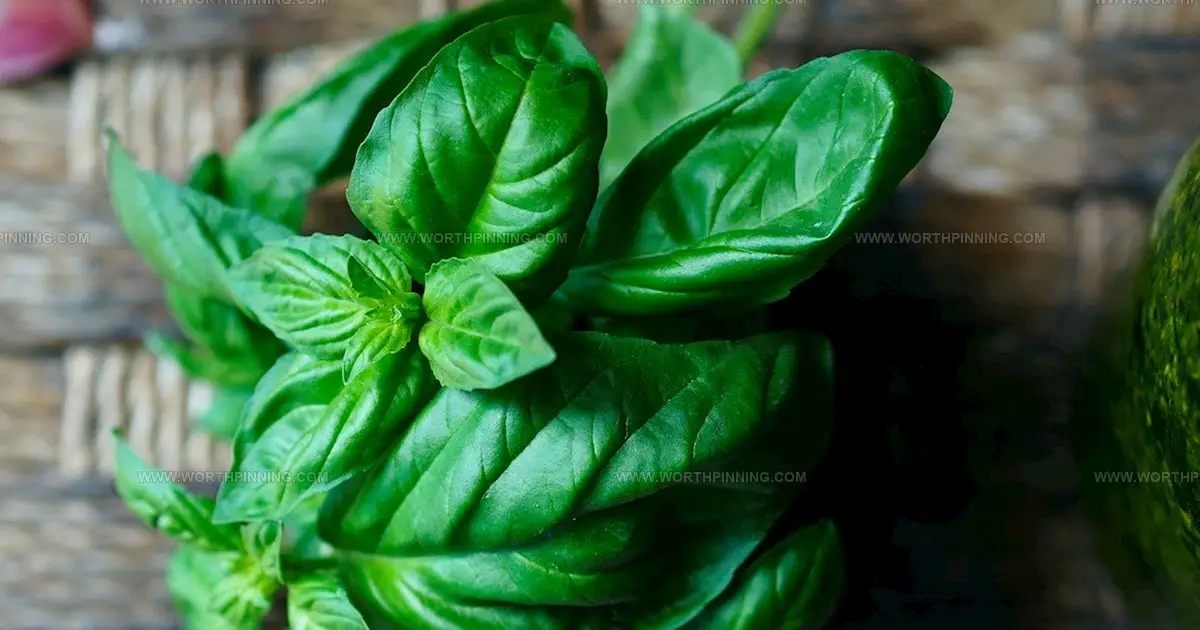

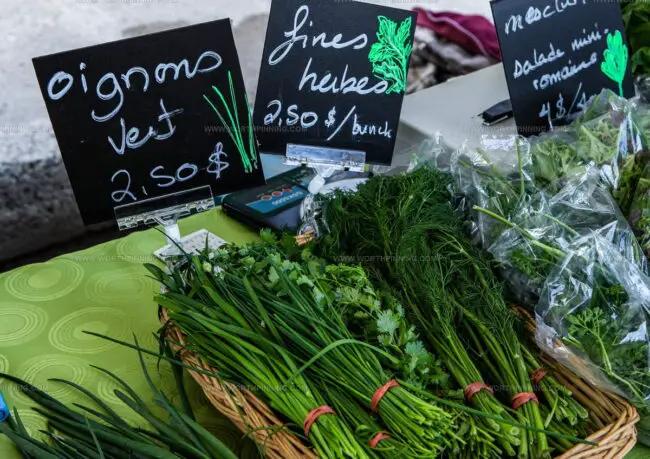
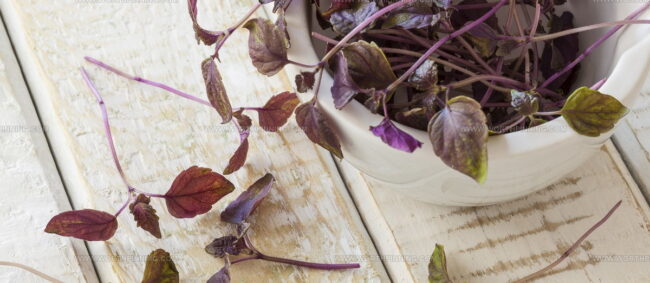
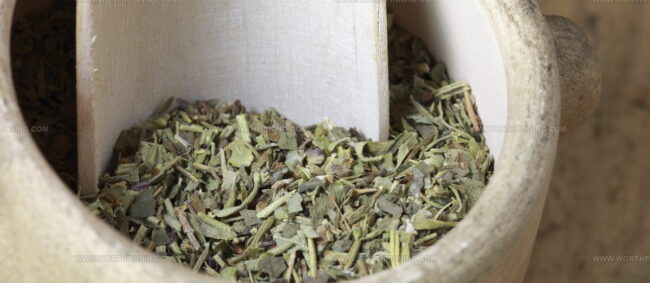
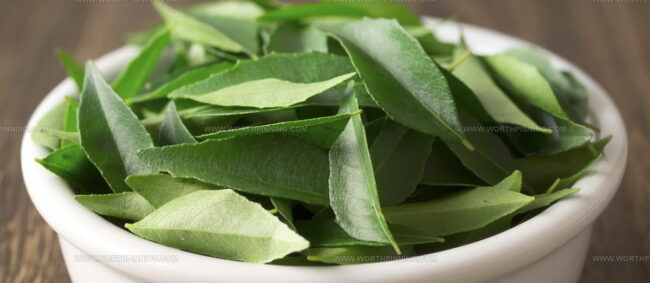
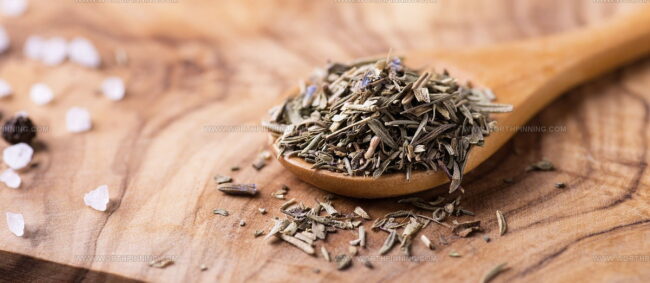
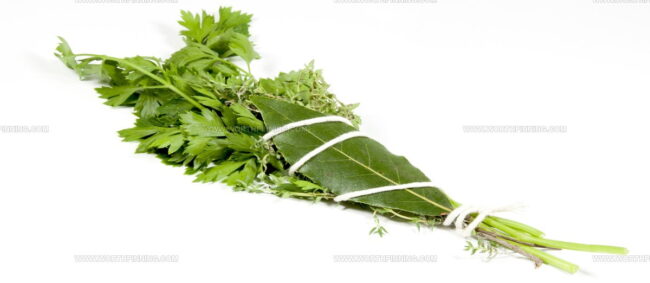
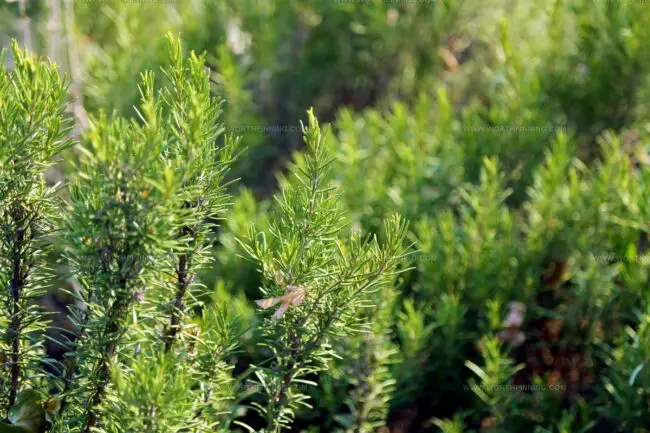
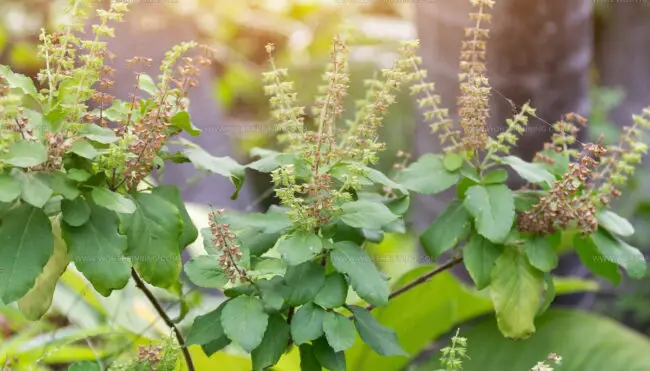
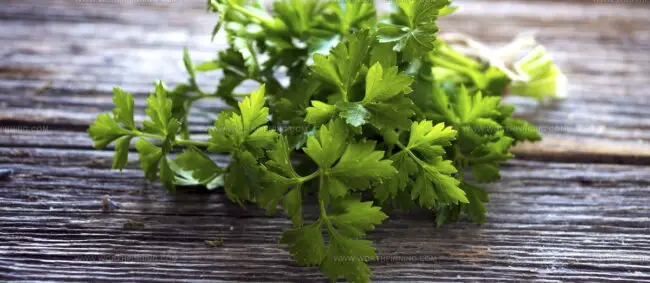
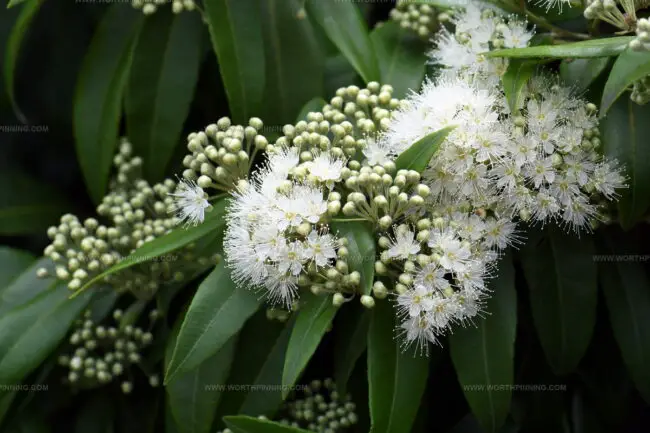
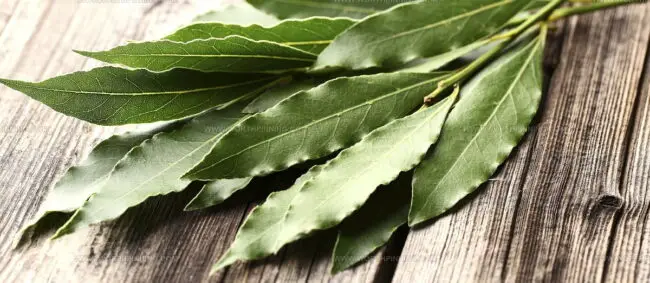
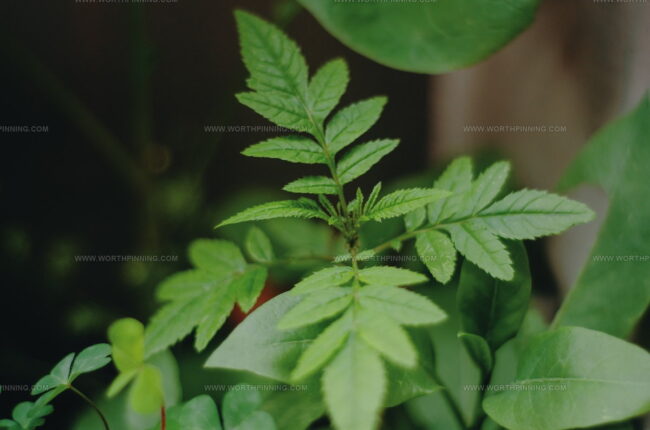
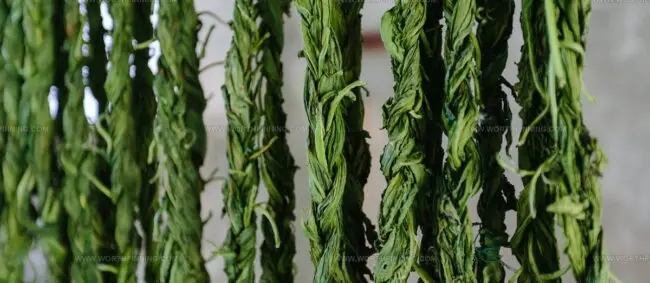
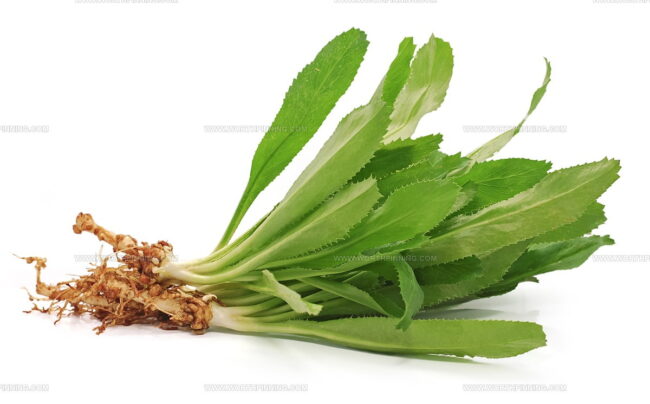
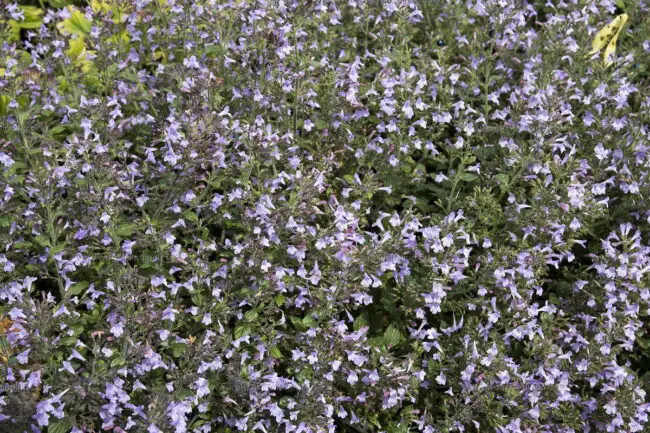
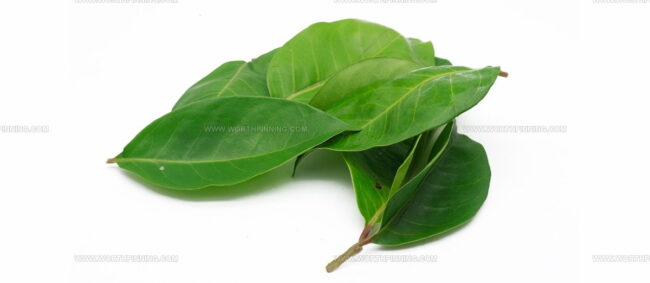
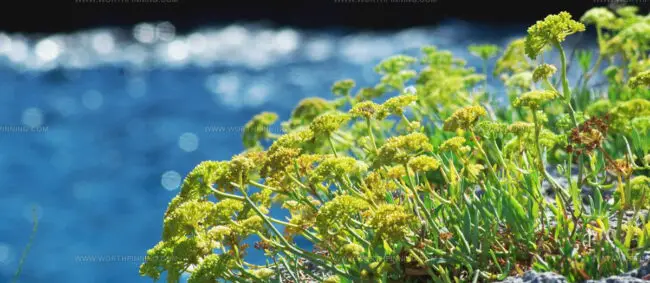
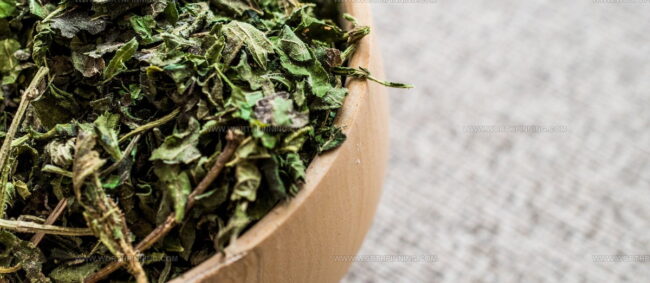
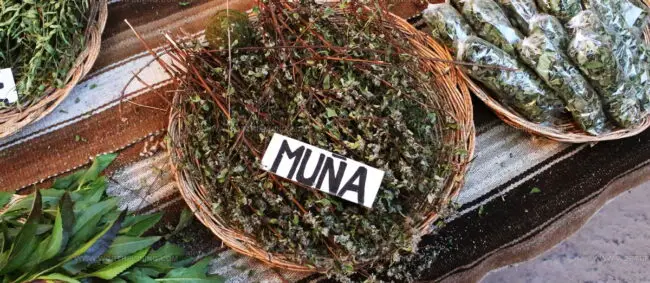
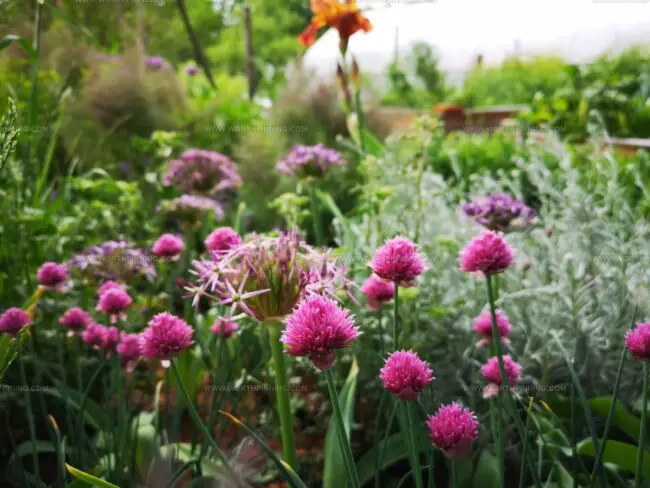
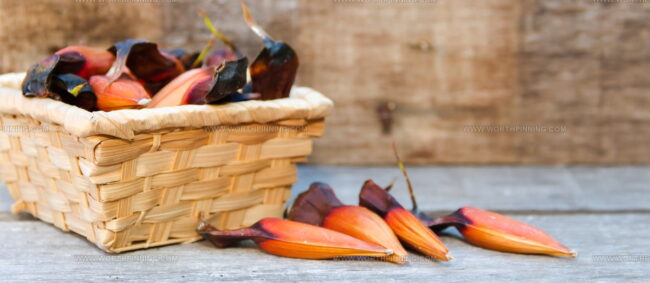
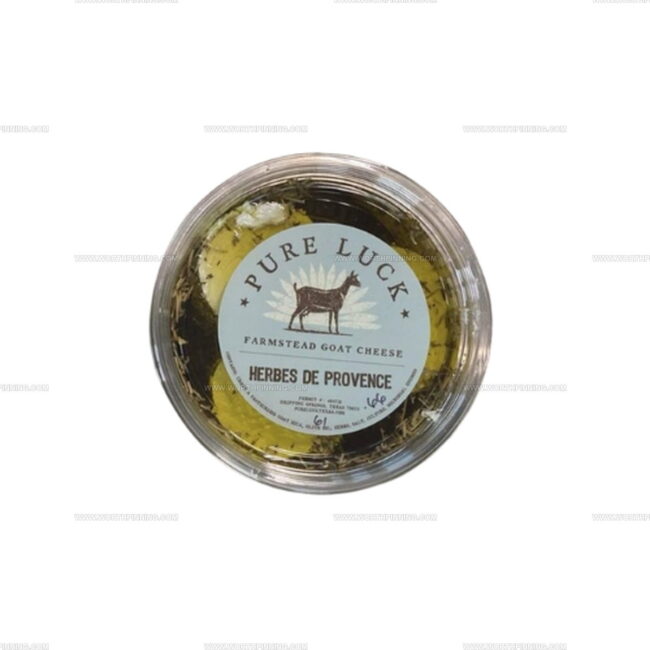
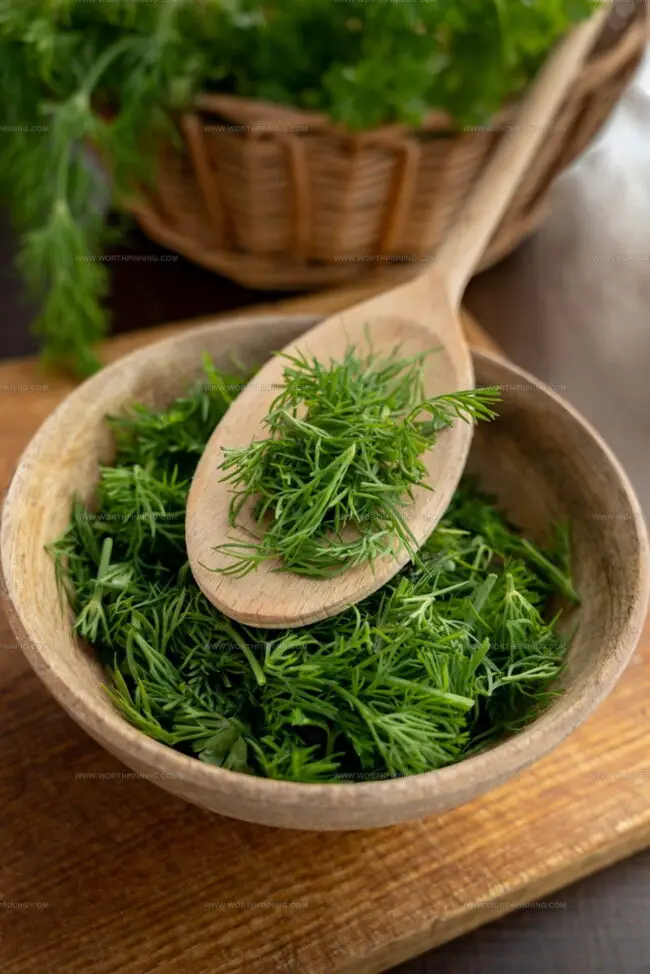
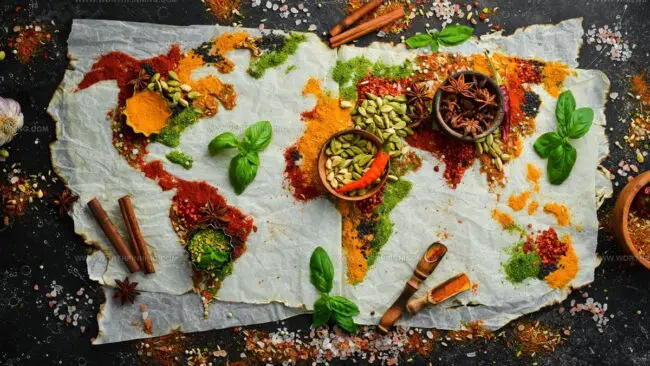
Ethan Miller
Founder & Lead Content Writer
Expertise
Education
Portland Community College
Culinary Institute of the Pacific
Ethan’s culinary journey began in his grandmother’s kitchen, where he first learned to play with flavors and ingredients. With formal training in culinary arts and a deep love for international cuisines, Ethan’s goal is to share the joy of cooking with others.
He believes food is all about creativity and bringing people together, one meal at a time. When he’s not experimenting with new dishes, he enjoys hiking in the Oregon wilderness and discovering fresh, local ingredients.